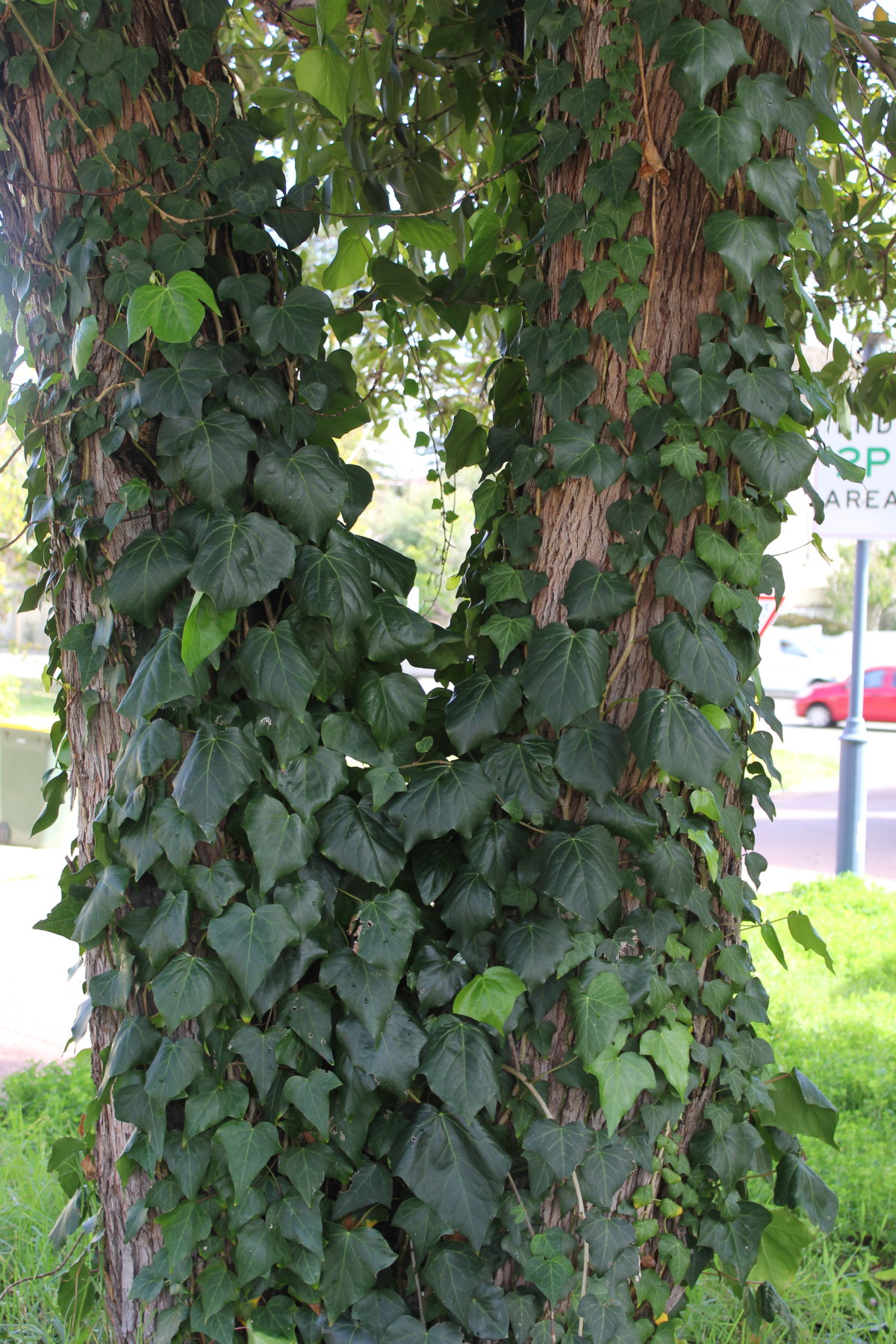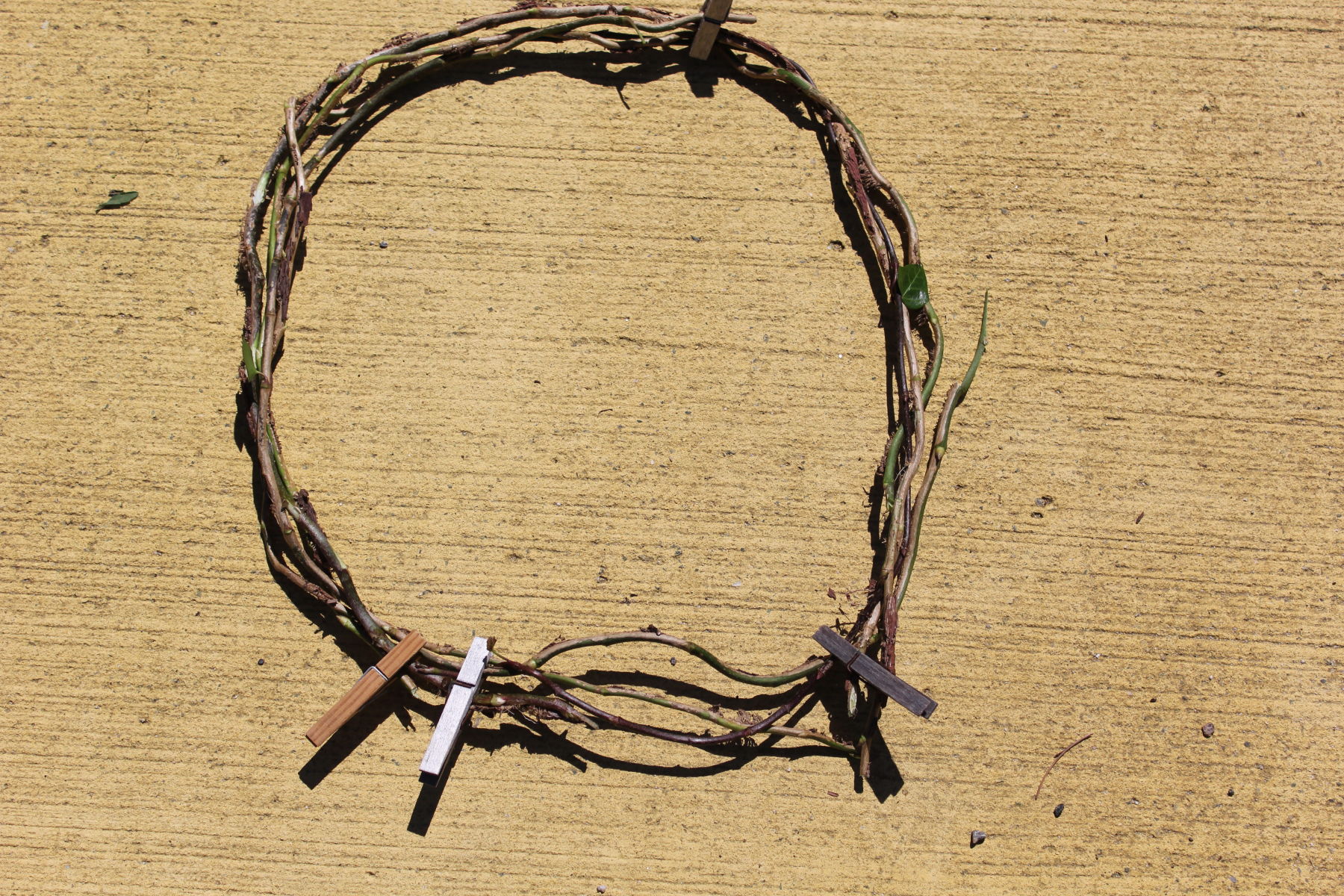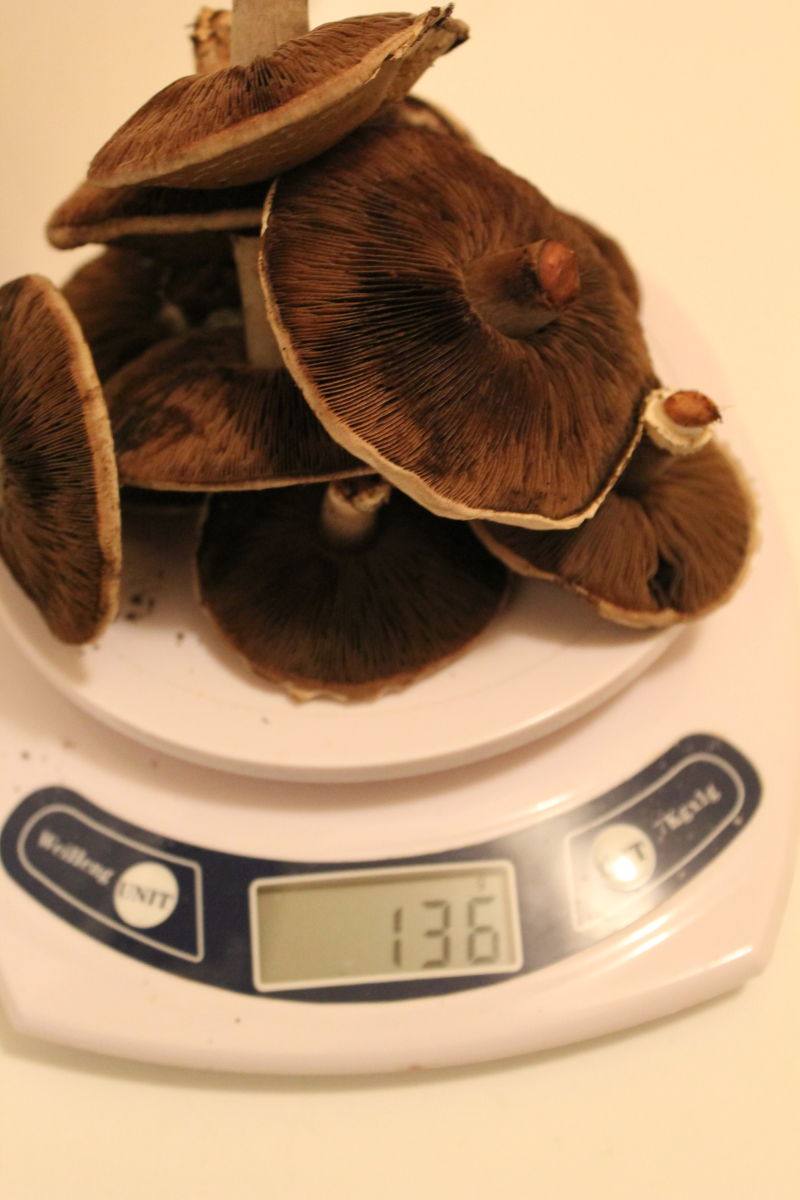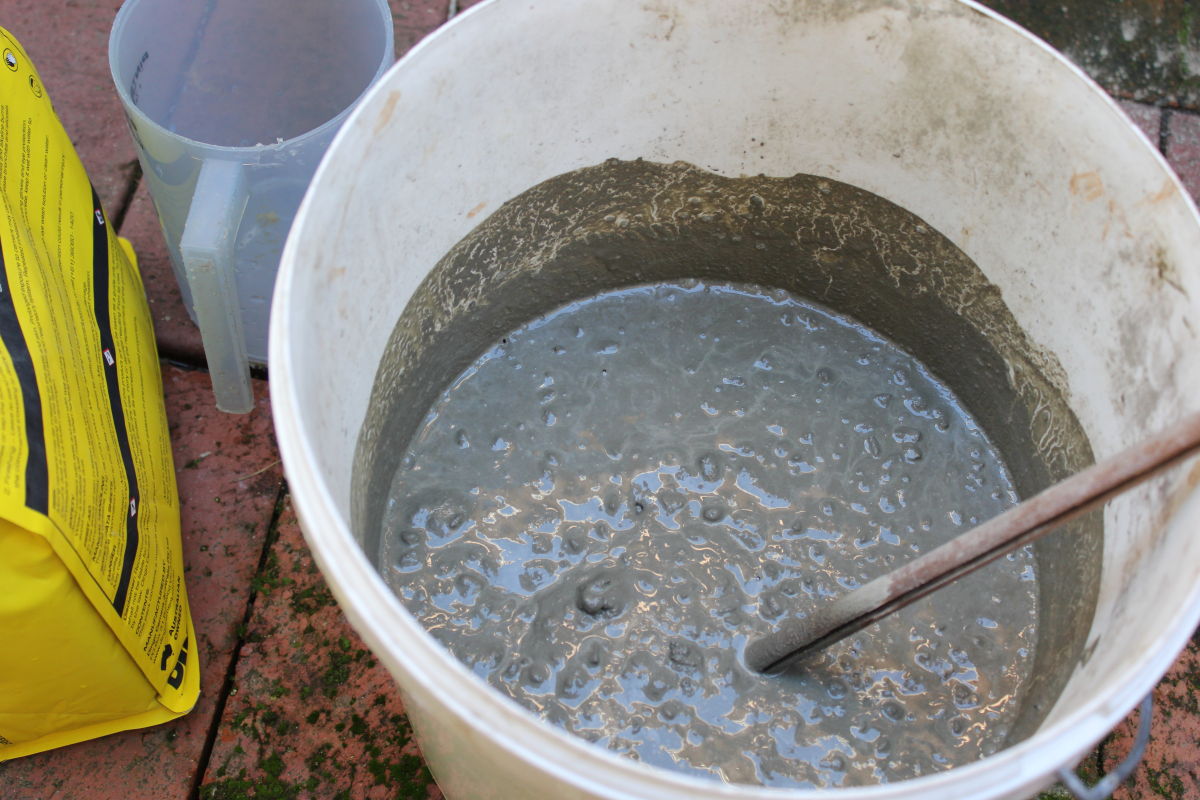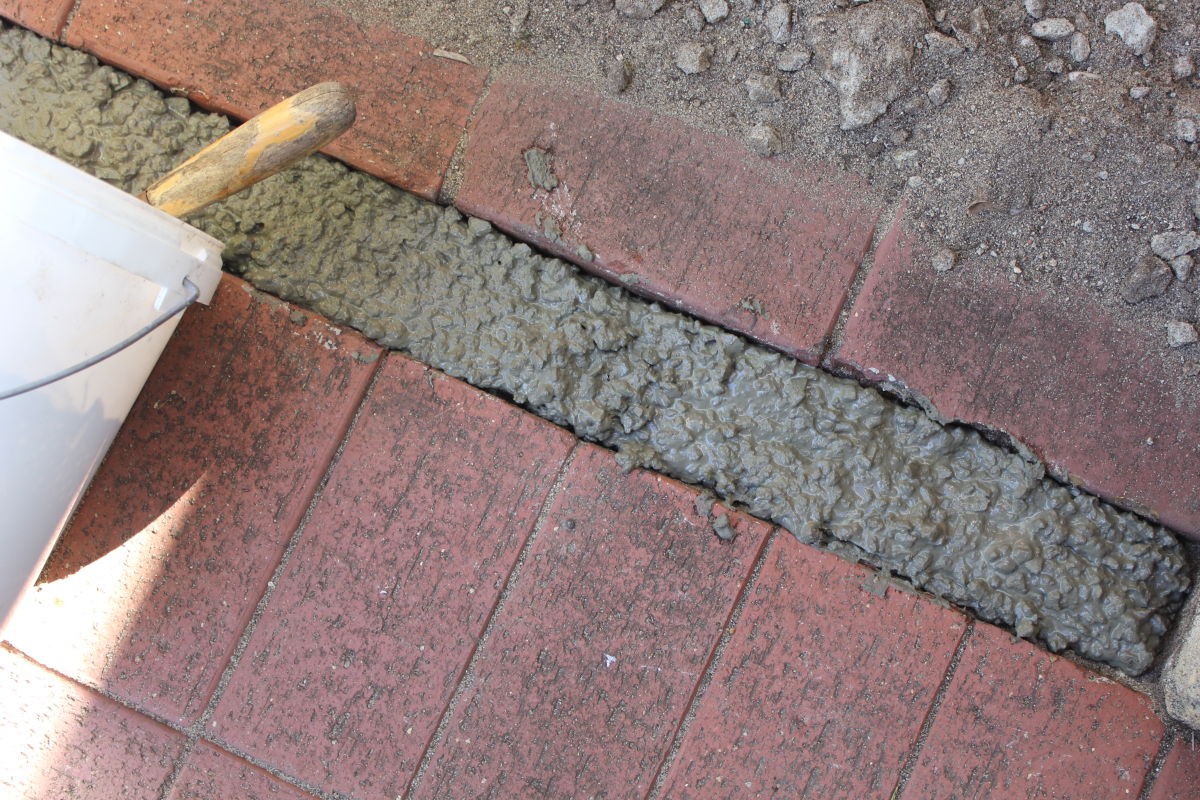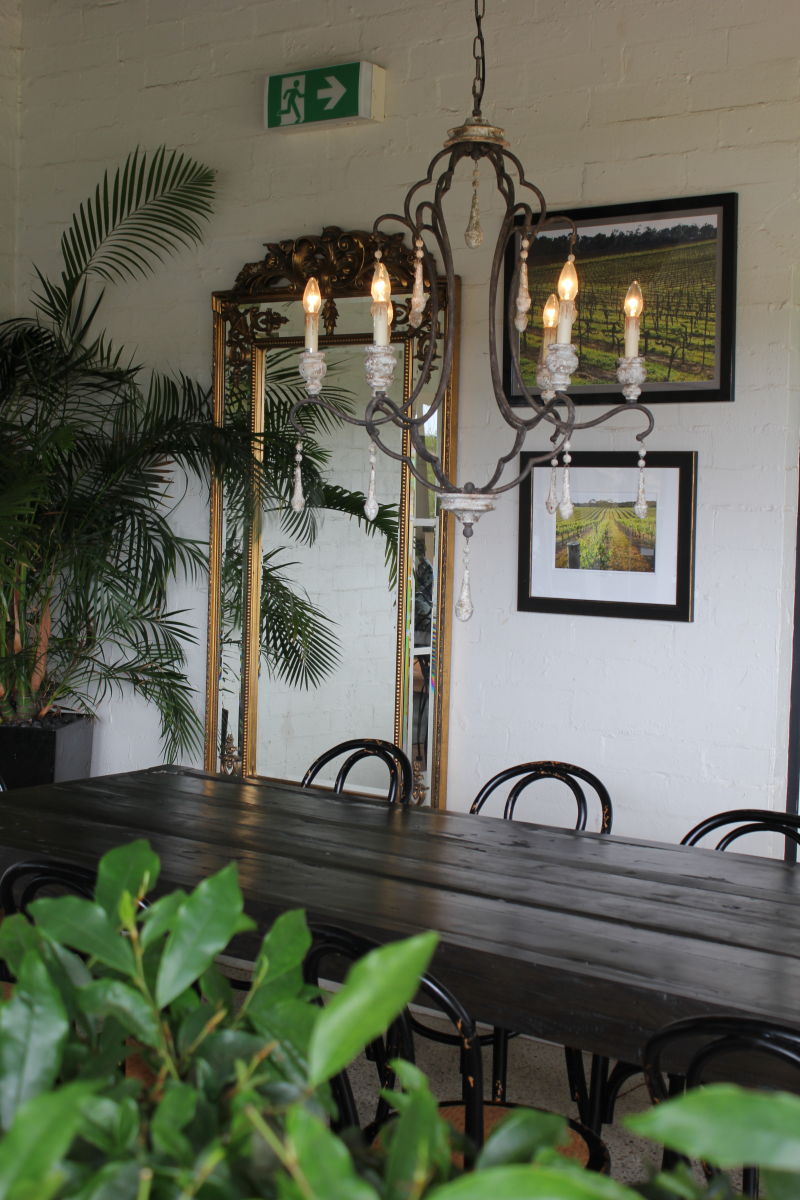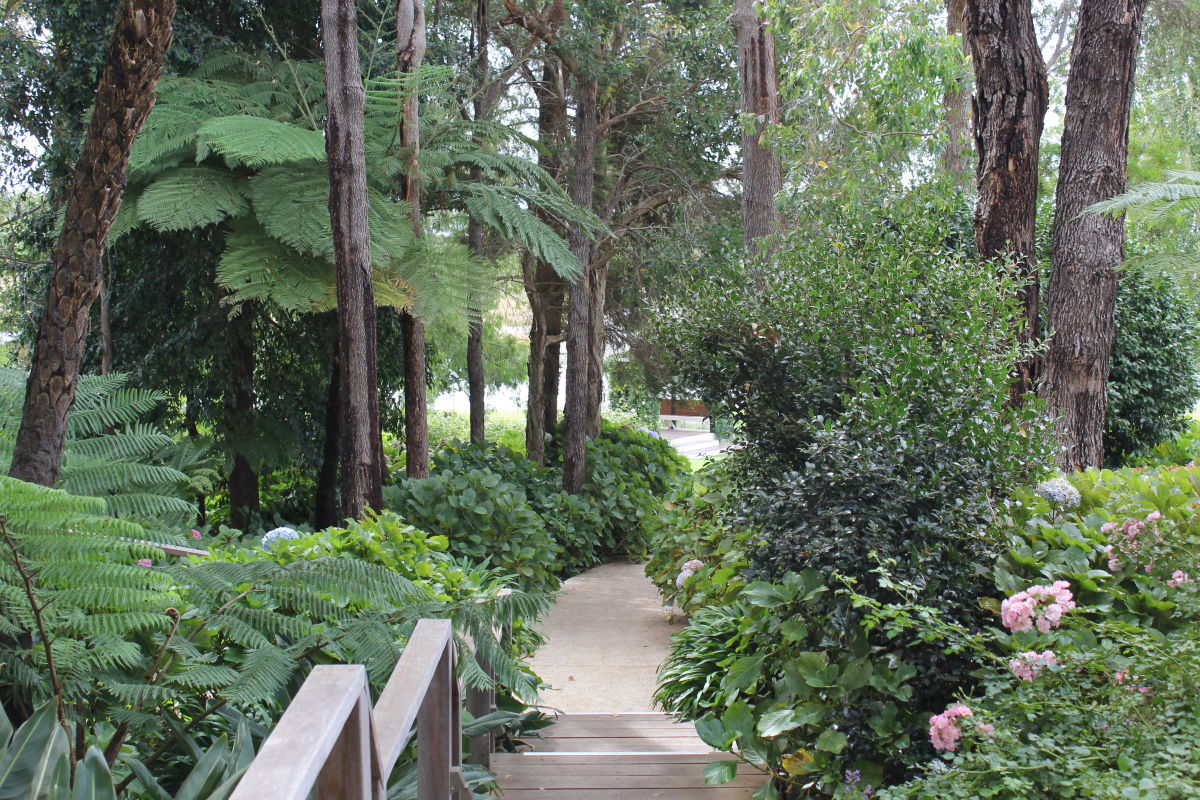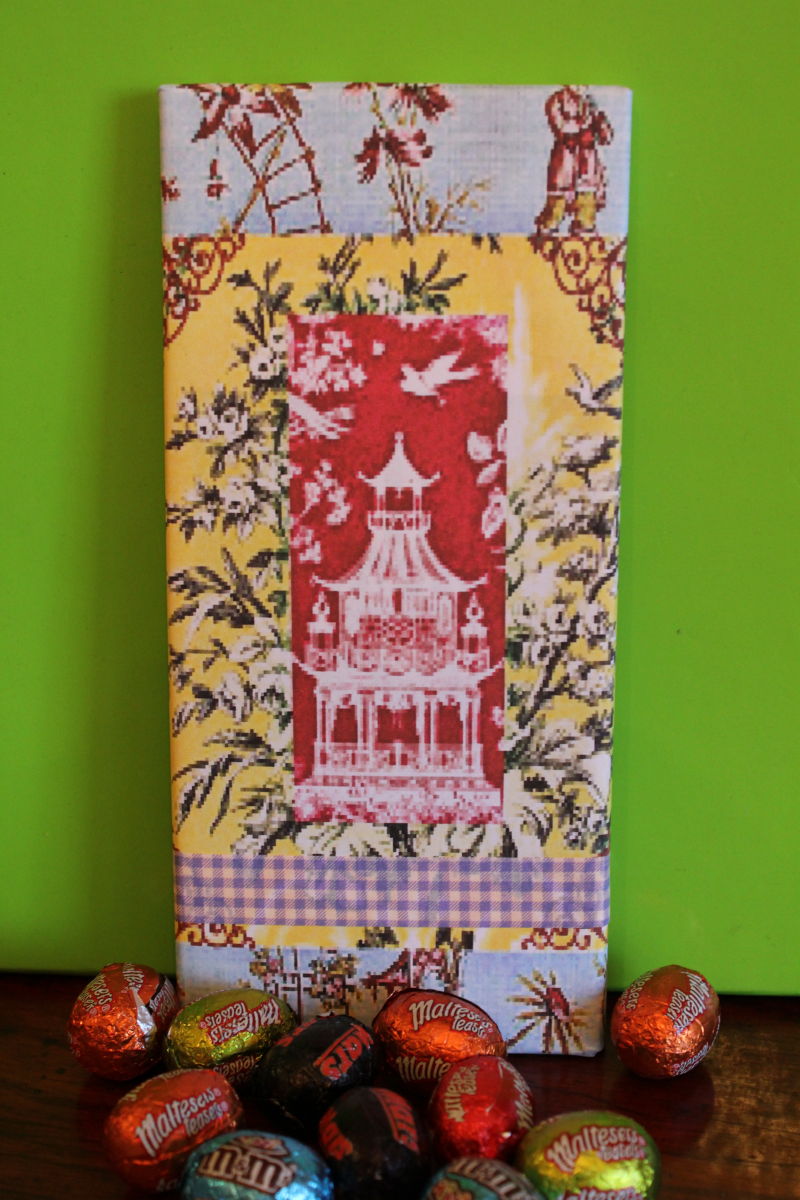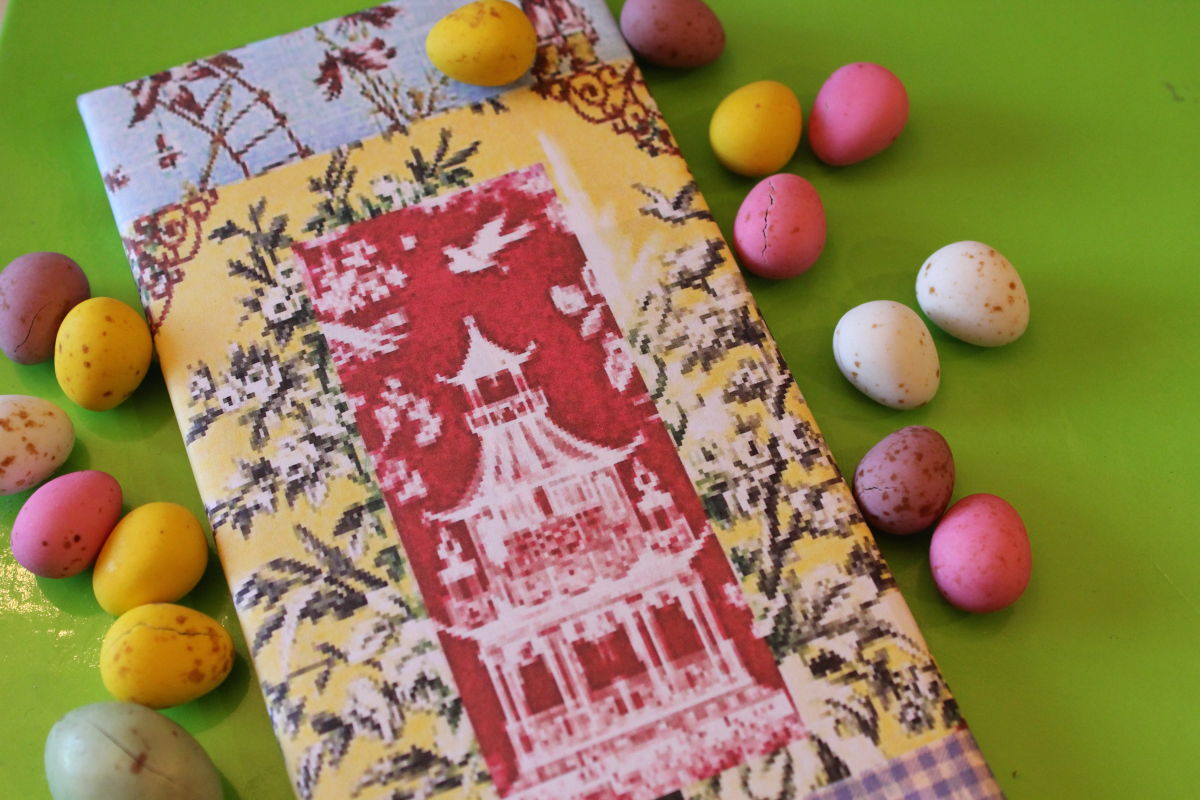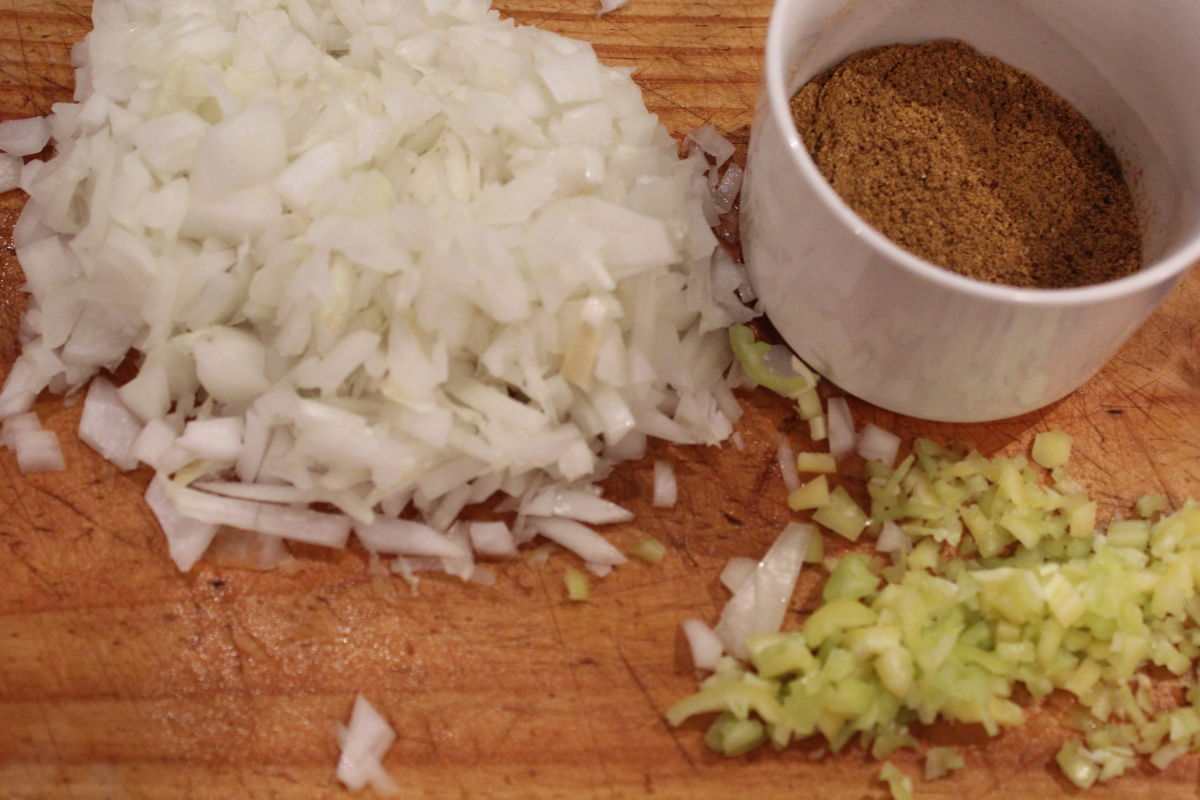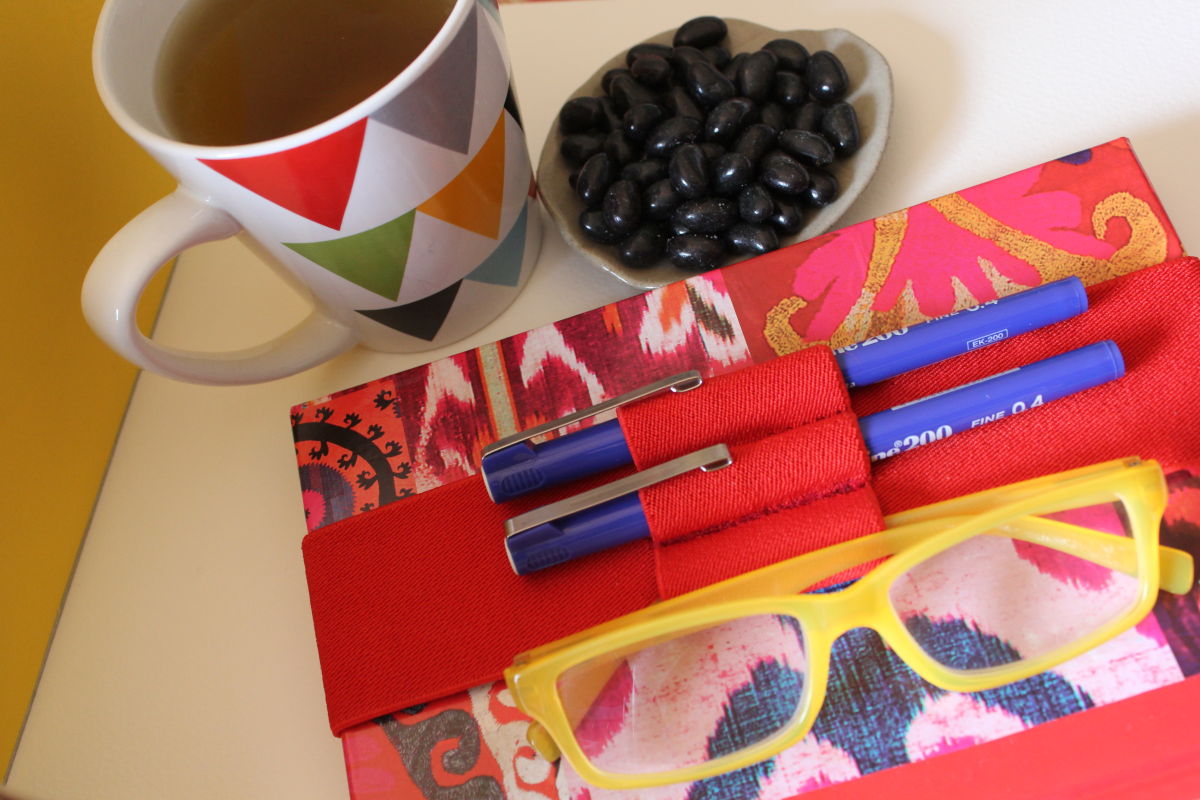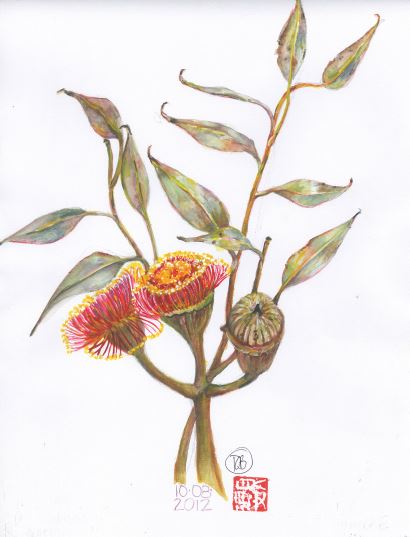Enjoying the opportunity to be part of this link-up and especially enjoying reading Sarah’s blog and the other blogs featured.


LOVING// Being home after a month of traveling overseas. Going downstairs or out for every meal or making little picnics in the hotel room, because we had a big lunch, and going on day trips every day is exciting but a bit tiring after a few weeks. Great for a month but I was ready to come home.




EATING// My homemade sourdough. I missed it and fed the mother/starter to get it going when we arrived home from the airport, even though it was very late.




FEELING// Pretty pleased with the spring garden. Gorgeous flowers, herbs and masses of spinach and the birds have left me some blueberries, too.


DRINKING// Spring weather and drinks outside. Rose and some tidbits. Very relaxing.
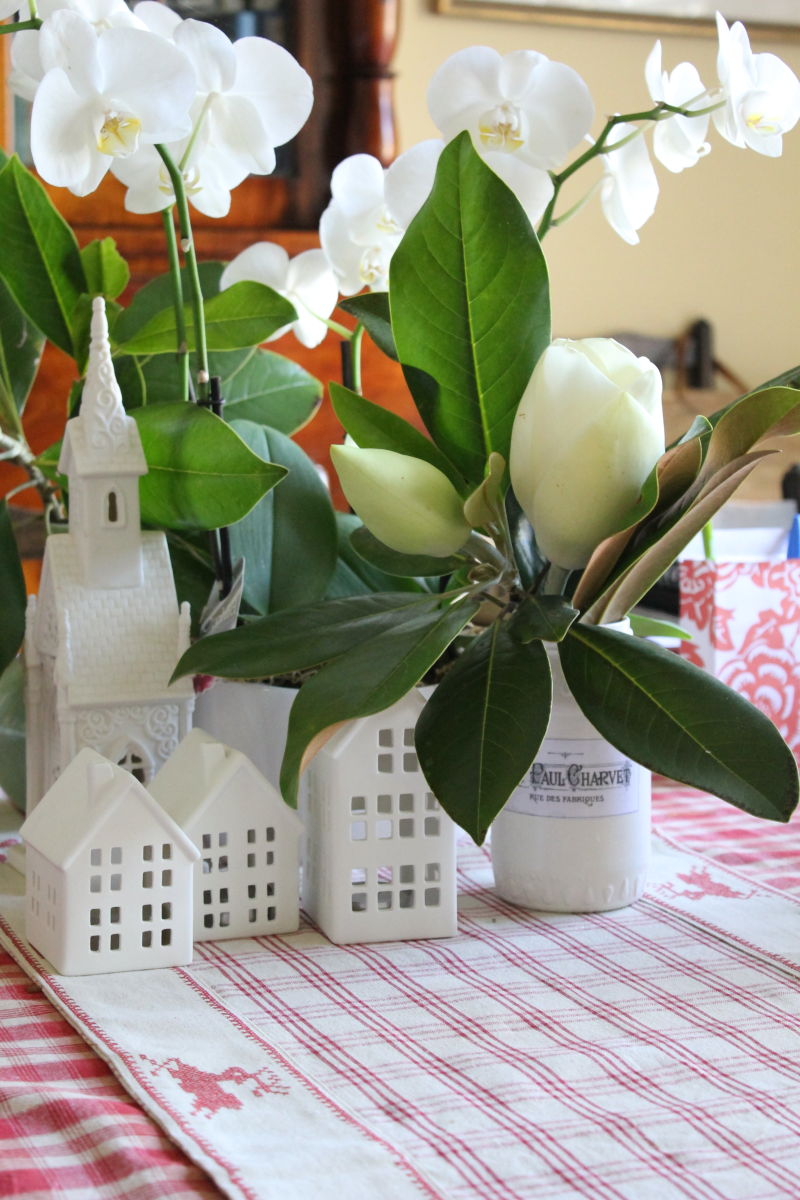

MAKING// The first of the Christmas Lists…To Do, To Buy, To Make… Christmas seems to have come about so fast this year and I feel really unprepared.


THINKING// Reflecting on the Centenary of the Armistice. Remembrance day services advertised outside churches and museums in the UK and this clever garden in Colchester.


In France, as well as commemorating the Armistice, it’s the Year of Clemenceau, who was the President at the time. Claude Monet, whose sons fought in WW1, promised the first two panels of his magnum opus, Les Nympheas ( the Water Lilies cycle) to the French State on the day the Armistice was signed, November 11th, 1918. He was eventually persuaded by his close friend Clemenceau, to bequeath all 22 panels.


Although this lily pond is in a hotel garden in Singapore it reminded me of Monet’s Garden in Giverny.


DREAMING// Spent a morning in the Silver Vaults in London and saw many covetable pieces, but particularly this silver water jug. Lovely shapes and sizes and we really liked everything about this one….except the price. It is still in the vaults and I’m still dreaming about it.
12/11 is Chicken Soup For The Soul Day. The title comes from a book of the same name published in 1993 by two motivational speakers who shared stories they had collected from their audience members. The stories were uplifting and enlightening and demonstrated that despite being bombarded by bad news there’s good in everyone. The title reflects the traditional Jewish belief in the healing powers of chicken soup, since proven to be true!







